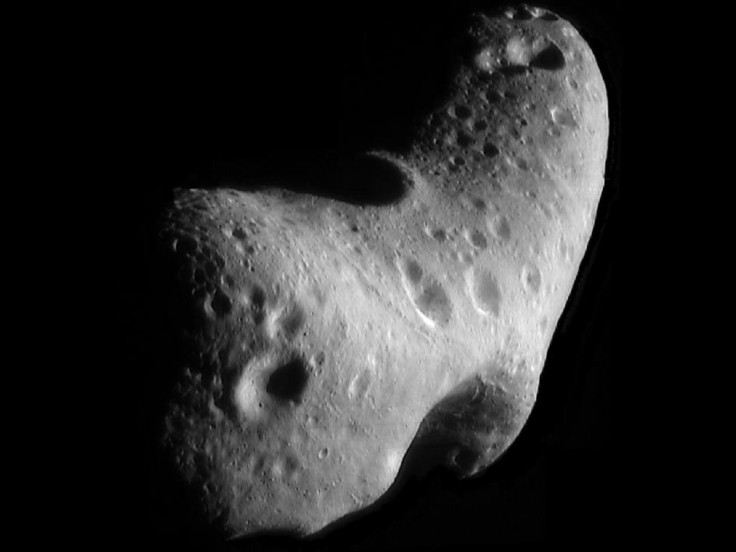NASA’s Asteroid Initiative Enters The Workshop Phase, Asks The Public For Feedback

NASA’s Asteroid Initiative Request for Information, RFI, in June received more than 400 responses, and the space agency selected 98 proposals and is now asking the public to participate. Beginning on Sept. 30, NASA will live stream the Asteroid Initiative Idea Synthesis Workshop, and the public will be able watch the presentations and participate in live discussions.
From Sept. 30 to Oct. 2, NASA will be live streaming the workshops and organizing the discussions that viewers can participate in. The presentations include responses regarding asteroid observation and detecting potential threats, asteroid capture, asteroid deflection, crew selection for methods, ways to fund these ventures and developing new technology that can be used in future missions.
These workshops will help NASA refine the Asteroid Initiative and its mission to identify and capture a near-Earth asteroid. According to the space agency, “NASA's fiscal year 2014 budget proposes an asteroid initiative that includes a strategy to leverage human and robotic activities for a first-ever human mission to an asteroid, while also accelerating efforts to improve detection and characterization of asteroids. The work aligns the agency's ongoing efforts in science, new technology development and human exploration.”
Some of the proposals focus on increasing the number of amateur astronomers and encourage the participation of these individuals to observe asteroids. A proposal by the Massachusetts Institute of Technology, MIT, suggests using lasers and adaptive optics to observe asteroids and measuring their orbits. The Boeing Company wants to adapt sensors created to observe and monitor satellites to observe near-Earth asteroids.
Clinton Clark, from ExoAnalytic Solutions, a proposal to use algorithms and sensors developed for the Missile Defense Agency to detect and observe near-Earth asteroids. Other proposals want to explore “mini-moons,” tiny asteroids that temporarily orbit around Earth, and retrieve these objects. The research on mini-moons could lead to new insights on asteroid formation and these objects could be used to test the feasibility of new equipment and technology.
NASA has released the abstracts for the selected proposals and viewers can watch each session the space agency’s UStream channel. Viewers can submit questions using the appropriate hashtags that can be found the Asteroid Initiative’s homepage. Another aspect of NASA's Asteroid Initiative is the "Grand Challenge" to discover all potential asteroid threats to Earth.
© Copyright IBTimes 2025. All rights reserved.






















